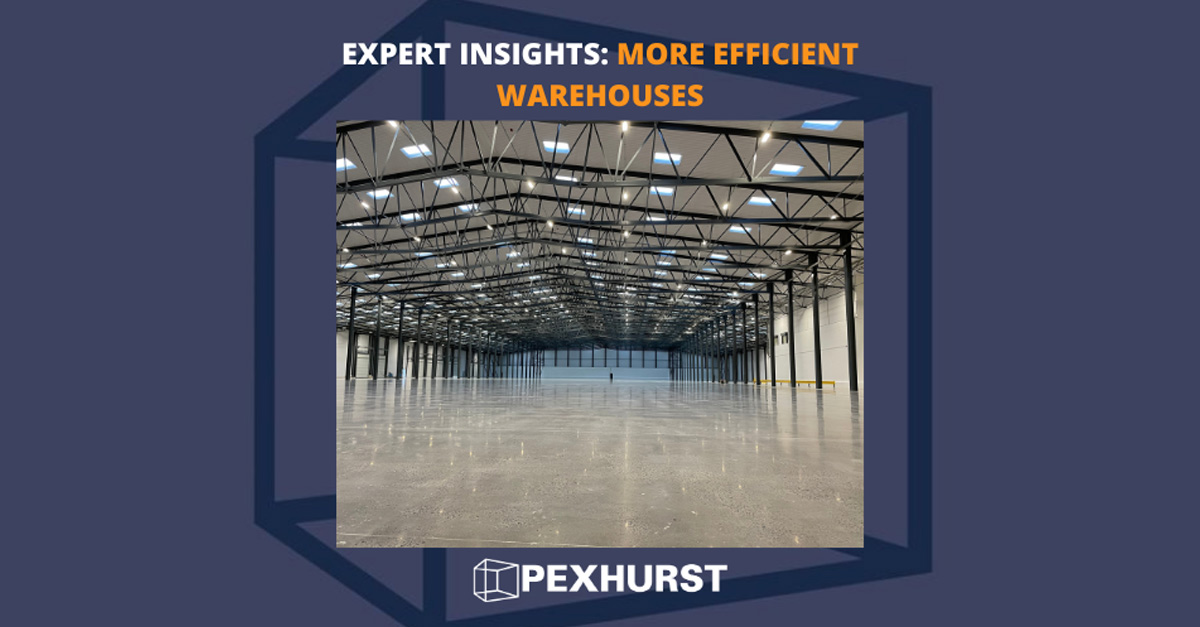The COVID-19 outbreak has changed not only the way we live and work, but also the way we shop. As online retail soars, so too does the demand for warehouse and distribution centres which serve those online retailers. And in the midst of broader economic uncertainty, warehouses are being seen as a safe investment. But how do investors and operators future-proof this type of asset class?
Following conversations with a number of our clients and experts in the warehouse space, it is evident a huge part of it comes down to building efficiency. Here we provide a summary of responses about why warehouse efficiency is the cornerstone of a safe and secure investment…
What are the benefits of using existing warehouses more efficiently instead of new construction?
There are a few… Getting more from an existing space while keeping a customer in the building will help contribute to longer lease lengths which, from a commercial perspective, proves favourable for the asset owner. Retrofitting an existing warehouse where possible can often be more cost-effective than a new build and from an environmental perspective, it is less resource and energy draining.
Having said that, new-build warehouses also have an important place in contributing to a better and healthier built environment. For example, where new quality units feature environmentally friendly materials and therefore help to regenerate an area.
How can warehouses be more efficient and what are the barriers to this?
Modern warehouses are very different to warehouses from just ten years ago. We are now seeing taller buildings, with bigger floor space and more power. And with this comes a number of new considerations to factor in. Are products like racking in the right place? Is the energy management system as efficient as it could be? How can smart technology make buildings more responsive while also showing customers areas of the building that are not being used efficiently?
The key barriers to making warehouses more efficient are building a business case and proving a return on investment. The answer lies in quantifying the benefits through data. For example, collating and monitoring employee sickness data for a warehouse that has been designed and built to encourage the health and wellness of the people who use it…
How is the more efficient usage of space helping to lower energy consumption?
Thanks to technology such as eight-foot-high robot systems and on-demand tracking systems, large online retailers have taken the concept of space to the next level. By revisiting their space utilisation plans, they are helping to reduce emissions. For instance, does a company need three buildings when they could operate just as effectively and efficiently from one?
What has been the pandemic’s impact on warehousing, and what lessons do you think have been learnt throughout this period?
COVID-19 has increased the demand for secondary sites such as parcel drop-off spots and data centres. There has also been an increase in virtual viewings and thanks to sophisticated technology such as virtual and augmented reality, this is likely to stick around even after the pandemic ends!
There has also been a real shift in the understanding of how buildings contribute to our health and wellbeing. Moving forward, we’ll see movement sensors and filtration systems standardised across all warehouses to monitor air quality and occupancy levels and ensure the health and safety of all those who use the space.
Read more about our latest warehouse refurbishments here: https://www.pexhurst.co.uk/case-studies/?sector=Warehouse%20and%20Industrial










